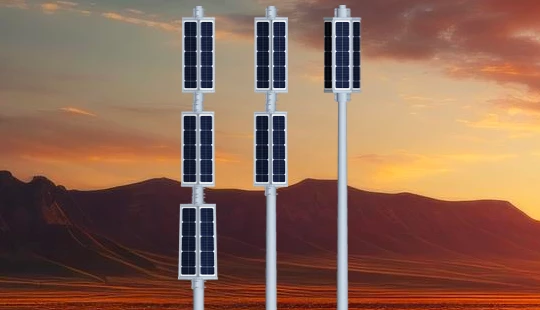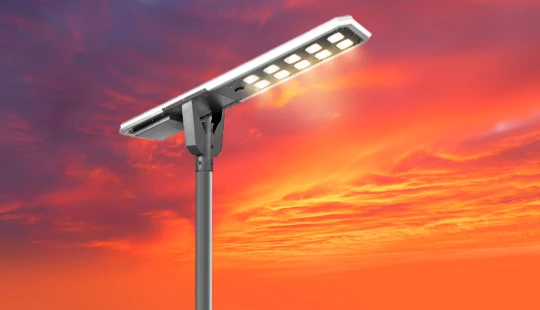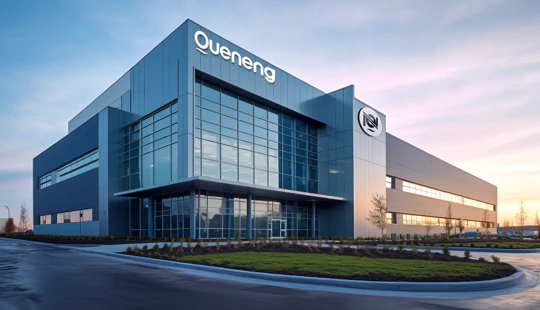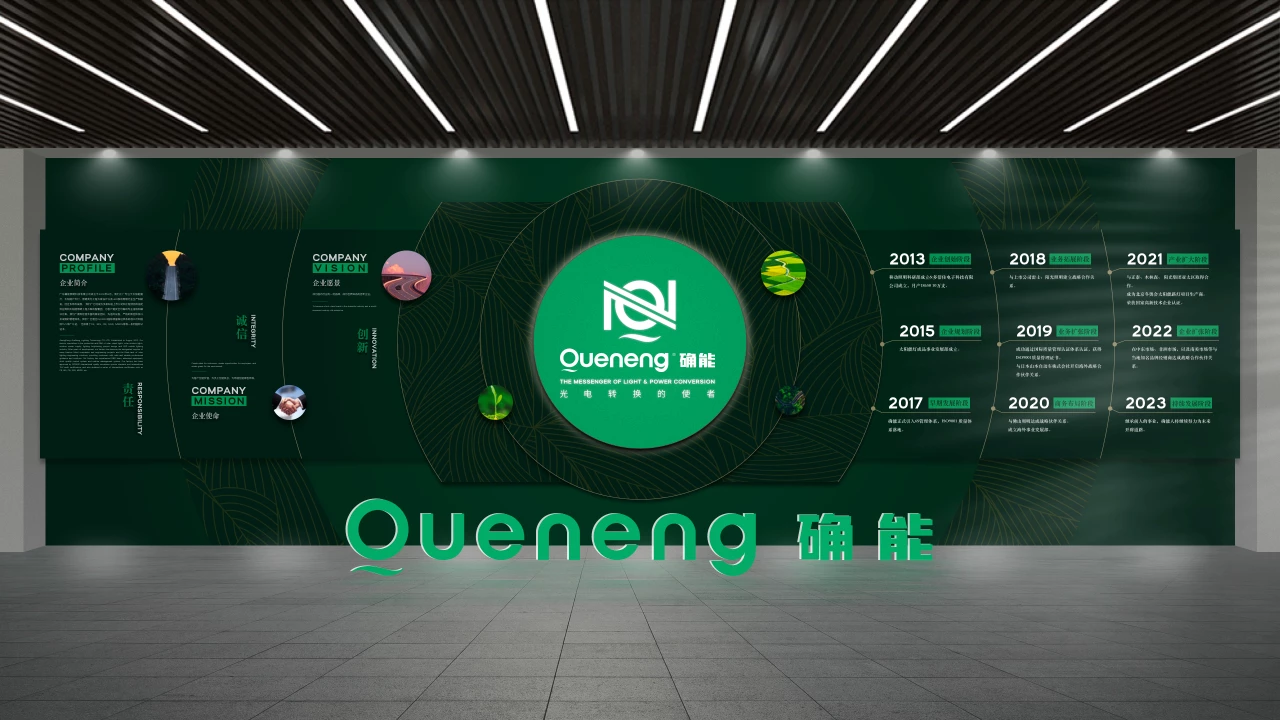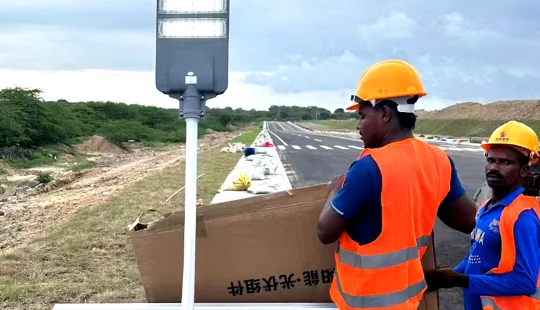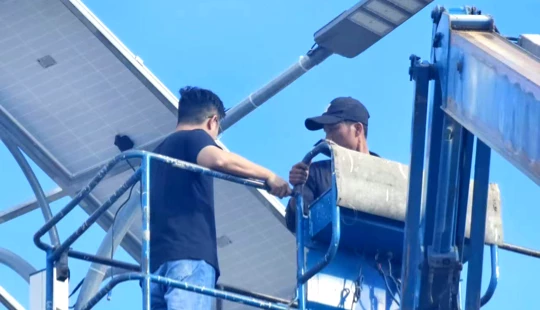OEM monocrystalline solar panel lighting | Quenenglighting Expert Guide
Unlocking Efficiency: Why Monocrystalline Panels are Key for OEM Solar Lighting
When sourcing OEM solar panel lighting, the choice of solar panel technology significantly impacts performance. Monocrystalline silicon solar panels are the preferred choice for high-performance outdoor lighting solutions due to their superior efficiency and compact size. Unlike polycrystalline panels, monocrystalline cells are made from a single crystal structure, allowing electrons to move more freely, resulting in higher efficiency rates. Typically, high-quality monocrystalline panels used in solar lighting achieve efficiencies ranging from 18% to 22%, converting more sunlight into electricity in a smaller footprint. This higher efficiency means faster battery charging, even in low-light conditions or overcast days, ensuring consistent and reliable illumination throughout the night. For OEM applications, this translates to more compact product designs, reduced material costs for the panel array, and ly, a more powerful and reliable lighting solution for end-users.
Powering Durability: Understanding Battery Technology and Lifespan in Solar Lighting
The battery is the heart of any solar lighting system, determining its autonomy and longevity. For professional-grade OEM solar lighting, Lithium Iron Phosphate (LiFePO4) batteries have become the industry standard, largely replacing older lead-acid batteries. LiFePO4 batteries offer several critical advantages:
- Long Cycle Life: LiFePO4 batteries boast a significantly longer cycle life, typically 2,000 to 6,000 charge-discharge cycles to 80% Depth of Discharge (DoD), compared to hundreds for lead-acid. This translates to a service life often exceeding 5-10 years for the lighting system.
- Enhanced Safety: They are inherently more stable and less prone to thermal runaway than other lithium-ion chemistries, making them safer for outdoor applications.
- Consistent Performance: LiFePO4 batteries maintain a stable voltage output throughout their discharge cycle, ensuring consistent light brightness.
- Temperature Tolerance: While extreme temperatures can affect any battery, LiFePO4 performs well across a wider operational temperature range compared to some alternatives, crucial for diverse global climates.
When procuring, always inquire about the battery's cycle life rating, capacity (Ah), and whether a robust Battery Management System (BMS) is integrated to protect against overcharge, over-discharge, and temperature extremes, further extending the battery's lifespan and reliability.
Beyond the Basics: Essential IP Ratings and Material Choices for Outdoor Durability
Outdoor solar lighting is exposed to harsh environmental elements, making durability a non-negotiable factor. The Ingress Protection (IP) rating is crucial for assessing a product's resistance to dust and water. For most outdoor solar lighting, an IP65 rating is the minimum standard, signifying the unit is:
- IP6X (First Digit): Totally protected against dust ingress.
- IPX5 (Second Digit): Protected against low-pressure jets of water from all directions.
For more demanding environments or submerged applications, IP67 (protected against temporary immersion in water up to 1 meter for 30 minutes) or even IP68 ratings may be required. Beyond IP ratings, material selection is vital. High-quality OEM solar lighting typically utilizes:
- Aluminum Alloys: For housing and poles, offering excellent corrosion resistance, heat dissipation, and structural integrity.
- Tempered Glass: For solar panel covers and LED lenses, providing impact resistance and optimal light transmission.
- UV-Resistant ABS/PC: For smaller components or enclosures where lighter weight is preferred, ensuring they do not degrade under prolonged sun exposure.
Always verify material specifications and anti-corrosion treatments, especially for coastal or industrial applications.
Smart Control for Smarter Lighting: Integrating Advanced Features into OEM Solutions
Modern solar lighting goes beyond simple on/off functionality, incorporating smart controls that enhance efficiency, adaptability, and user experience. Key smart features and control technologies to consider for OEM procurement include:
- MPPT Charge Controllers: Maximum Power Point Tracking (MPPT) controllers are significantly more efficient than Pulse Width Modulation (PWM) controllers, typically improving charging efficiency by 15-30%. MPPT optimizes the voltage and current from the solar panel to extract maximum power, especially beneficial in varying light conditions.
- Motion Sensors (PIR): Passive Infrared (PIR) sensors allow lights to dim or brighten based on detected motion, significantly conserving battery power and extending autonomy.
- Time Control & Dimming Profiles: Programmable settings for different brightness levels at various times of the night (e.g., 100% for the first few hours, then dimming to 30% until dawn) optimize energy consumption.
- IoT Connectivity: Advanced systems can integrate with IoT platforms (e.g., LoRaWAN, Zigbee, 4G) for remote monitoring, diagnostics, and control. This enables real-time status checks, performance analysis, and adaptive lighting adjustments across large deployments, reducing maintenance costs.
These smart features not only offer energy savings but also provide flexibility and data insights crucial for large-scale projects or smart city initiatives.
OEM Customization: Tailoring Solar Lighting Solutions to Your Specific Needs
One of the primary advantages of OEM procurement is the ability to customize products to exact project specifications, ensuring optimal performance and branding alignment. For OEM monocrystalline solar panel lighting, customization options typically include:
- Wattage and Lumen Output: Tailoring the LED wattage and corresponding lumen output to meet specific illumination requirements for different areas (e.g., park pathways vs. main roads).
- Battery Capacity: Adjusting battery size to achieve desired autonomy (e.g., 2-3 nights of backup) based on local solar irradiance and operational hours.
- Pole Height and Design: Customizing pole height, material, and aesthetic design to integrate seamlessly with urban or landscape architecture.
- Light Distribution Patterns: Specifying different optical lenses (e.g., Type II, Type III, Type IV) to achieve optimal light distribution for various road widths or area coverages.
- Color Temperature (CCT): Selecting the desired light color, typically ranging from 3000K (warm white) to 6000K (cool white), to match aesthetic preferences or local regulations.
- Branding and Certifications: Including client logos, specific labeling, and ensuring compliance with relevant international certifications (e.g., CE, RoHS, UL).
Engaging in a collaborative OEM process with a capable manufacturer allows for precise tailoring of components and features, ensuring the final product perfectly aligns with your project's technical and aesthetic demands. Minimum Order Quantities (MOQs) for highly customized OEM solar lighting can vary widely but generally start from 100-500 units for substantial modifications, though some manufacturers might offer lower MOQs for less complex customizations.
By understanding these key aspects, B2B buyers can make informed decisions, ensuring the procurement of high-quality, efficient, and durable OEM monocrystalline solar panel lighting solutions that meet the evolving demands of modern infrastructure projects.
Quenenglighting: Your Trusted OEM Partner in Solar Lighting
As a leading OEM manufacturer in the solar lighting industry, Quenenglighting stands out by offering comprehensive solutions built on reliability and innovation. We specialize in producing high-performance OEM monocrystalline solar panel lighting solutions, leveraging cutting-edge technology such as high-efficiency monocrystalline PV panels and robust LiFePO4 battery systems with advanced BMS. Our commitment to quality ensures every product meets stringent IP ratings (e.g., IP65, IP67) and utilizes High Quality, durable materials. Quenenglighting excels in integrating smart control features, including MPPT charge controllers, adaptive dimming, and optional IoT connectivity, providing intelligent and energy-efficient lighting. Furthermore, our extensive OEM customization capabilities allow us to tailor every aspect—from wattage and battery capacity to aesthetic design and specific certifications—ensuring your project's unique requirements are met with precision. Partner with Quenenglighting for reliable supply, technical expertise, and custom-engineered solar lighting that powers a brighter, sustainable future.

Have more questions about our products or services?
The latest hot news you might like

Discover how solar panels power street lights, exploring the technology behind solar energy conversion, storage systems, and how solar-powered street lights are revolutionizing urban and rural lighting solutions.

Learn how AC Solar Hybrid Street Lights work, their advantages, disadvantages, system behavior in low-sunlight conditions, and why hybrid technology is ideal for regions with unstable sunlight.

Municipalities around the world are increasingly adopting solar-powered streetlights as part of their urban development strategies. Rising energy costs, the need for sustainable infrastructure, and government green initiatives are driving cities to switch from traditional street lighting to advanced LED solar streetlights.
Queneng Lighting provides municipalities with cost-effective, energy-efficient, and durable solar lighting solutions, ensuring safe and sustainable public spaces.
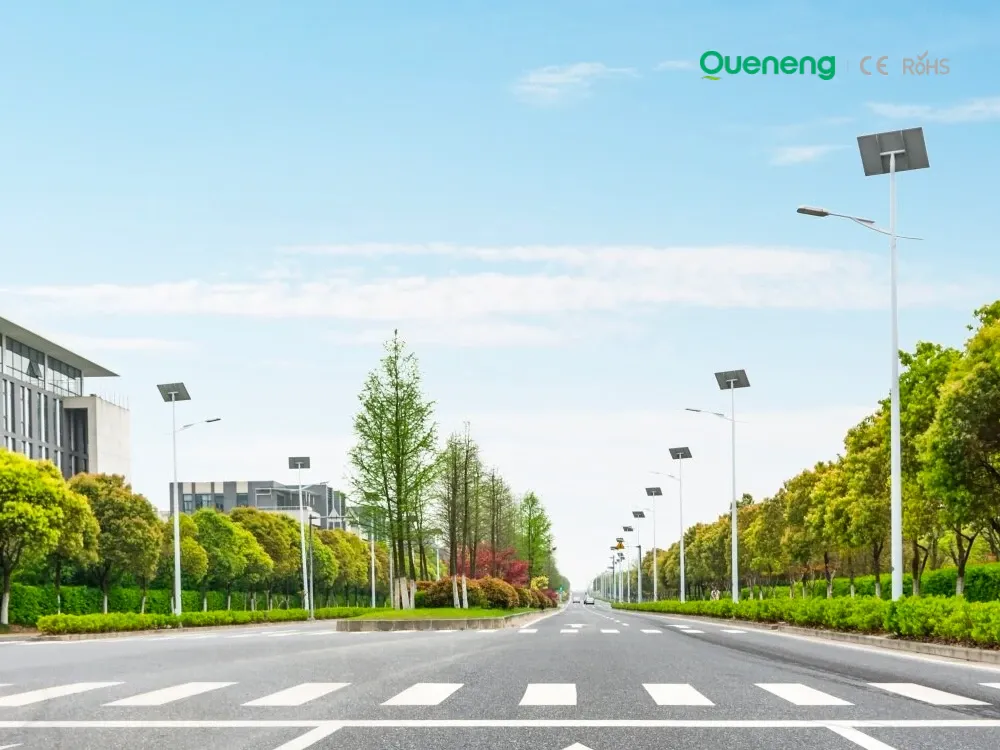
In recent years, the purchase of solar streetlights for municipalities has become a growing trend across the globe. Local governments are under pressure to reduce public expenditure, promote green energy, and create safer communities. Solar streetlights provide a reliable, cost-effective, and sustainable solution that meets these needs. Queneng Lighting, as a leading solar street lighting manufacturer, has supported multiple municipal projects worldwide with customized and energy-efficient solutions.
FAQ
Battery Performance and Testing
What are the self-discharge rates of different types of batteries?
Schools and Educational Institutions
Can solar lights be controlled remotely?
Yes, we offer smart solar lighting systems with remote control capabilities, allowing you to manage and monitor the lights from anywhere.
Public Gardens and Landscape Lighting
What are the benefits of using solar lighting in public gardens and landscapes?
Solar lighting is cost-effective, eco-friendly, and energy-efficient. It helps reduce energy consumption, minimizes carbon footprints, and provides long-lasting illumination without the need for electricity from the grid. Additionally, it requires minimal maintenance and offers flexibility in installation.
Commercial and Industrial Parks
What certifications do your solar lights have?
Our solar lights are certified with ISO, CE, and RoHS to ensure compliance with international safety and environmental standards.
Solar Street Light Luzhou
What are the benefits of using Luzhou solar street lights over traditional street lights?
Luzhou solar street lights are more energy-efficient, cost-effective, and environmentally friendly compared to traditional street lights. They use solar energy, which reduces electricity bills, and require minimal maintenance. They are also independent of the grid, providing lighting in areas without electricity infrastructure.
Battery fundamentals and basic terms
What is the purpose of battery packaging, assembly and design?
2.Battery voltage limitation, to get a higher voltage need to connect multiple batteries in series
3. Protect the battery, prevent short-circuit to extend the life of the battery
4. Size limitation
5. Easy transportation
6. Design of special functions, such as waterproof, special appearance design.


Queneng's Luzhou Solar Street Light provides sustainable, energy-efficient outdoor LED lighting. Powered by solar energy, it's a cost-effective and eco-friendly solution for illuminating streets and pathways. A reliable and durable LED solar street light.

Queneng's Luxian Reliable Solar Street Light offers energy-saving LED lighting for outdoor use. This durable, solar-powered street light provides reliable illumination, reducing energy costs and environmental impact. A perfect solution for sustainable outdoor lighting.

The Solar Street Light offers an energy-efficient, eco-friendly solution for illuminating outdoor spaces.

Illuminate your outdoor spaces with the Solar Street Light, a cutting-edge solution combining advanced solar technology and energy-saving LED lighting.

Queneng’s Solar Street Lights are designed to provide reliable, energy-efficient lighting for streets, parks, and other outdoor spaces.
If you would like more information about Queneng solar lighting solutions, please send us a message by filling out the form below. Our professional team will get back to you within 24 hours!
Rest assured that your privacy is important to us, and all information provided will be handled with the utmost confidentiality.
Schedule a Meeting

Book a date and time that is convenient for you and conduct the session in advance.
Have more questions about our products or services?

